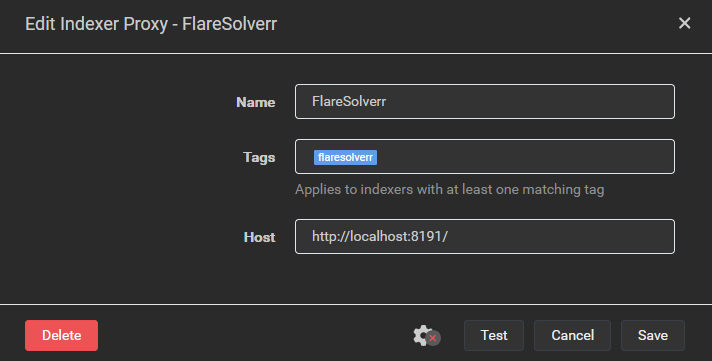

I don’t dislike that art style in general, but to my mind it seems like a poor fit for a Dragon Age game. I guess they’re pivotinf strongly away from the series dark and gritty roots, which is unfortunate because I think that was one of its strong points.














Yeah, I don’t get it either. What I’ve seen doesn’t look anywhere close to an 8+ out of ten rating. Will be interesting to see the player ratings on this one…